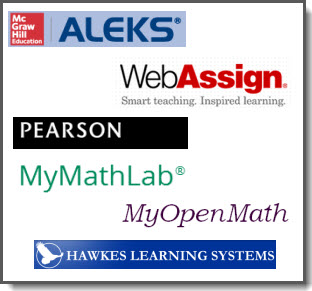No discussion of passive learning can begin without a reference to Ben Stein’s portrayal of an economic teacher in “Ferris Bueller’s Day Off” in 1986.
The act of retrieving learning from memory has two profound benefits. One, it tells you what you know and don’t know, and therefore where to focus further study to improve the areas where you’re weak. Two, recalling what you have learned causes your brain to reconsolidate the memory, which strengthens its connections to what you already know and makes it easier for you to recall in the future. In effect, retrieval – testing – interrupts forgetting.

This statement assumes that some learning has already taken place. Perhaps the students have already read about voodoo economics in a textbook or a news story from the time period. In the case of Ben Stein’s economics instructor, it appears that his presentation is the first time these students have been exposed to the content. His question, “Anyone, anyone?” is simply an attempt at engaging the students. In this form, the class period is simply one long passive “activity”. I use the term “activity” cautiously in this context since it brings to mind students actually engaging in an experience.
In flipped learning, direct instruction does not take place in the classroom as a group experience. Instead, direct instruction is an individual experience often mediated by technology.This means that students may read a textbook or watch a video prior to attending class. However, it could also be more involved utilizing a learning management system. A classroom for flipped learners may then be utilized to apply other teaching methodologies that are student centered. This environment should embrace difficulties. It should help each student to understand what it is they know and don’t know as well as apply their learning to realistic problems.

Studies indicate that there is a curious relationship between how easy it is to practice memory retrieval (do the online homework problems) and how much you benefit from this practice. The easier it is to retrieve the knowledge (perhaps with the help of a math learning tool), the less benefit the practice has on retaining the knowledge. I take this to mean that a student who relies upon guided solutions to do all of his homework will retain less. However, does retrieval that requires effort lead to better retention? Information is initially stored in the short term memory before being committed to long term memory. Using frequent learning tips in quick succession helps you to recall information from short term memory. This is gives a student the illusion of learning the information and leads to temporary gains in knowledge.

To commit information to long term memory, the brain needs to consolidate the information. If retrieval is effortful, the brain connects the information with other learning that is already known. Frequent retrieval helps to strengthen the memories and encode it more deeply in long term memory. If the retrieval practice is spaced out chronologically so the brain has a chance to forget some of the details, learning is encoded better. This effort requires the brain to reconstruct the memory, the cues for remembering, as well as the connections with prior knowledge. This process is called reconsolidation and helps the brain to form mental models in which related ideas are grouped so that they can be applied later.
These ideas are presented very understandably with complete references in Making It Stick: The Science of Successful Learning. By applying these ideas in the context of of flipped learning, we can hope to increase what our students learn. The question I’ll tackle next is how I do this in my flipped classroom.
